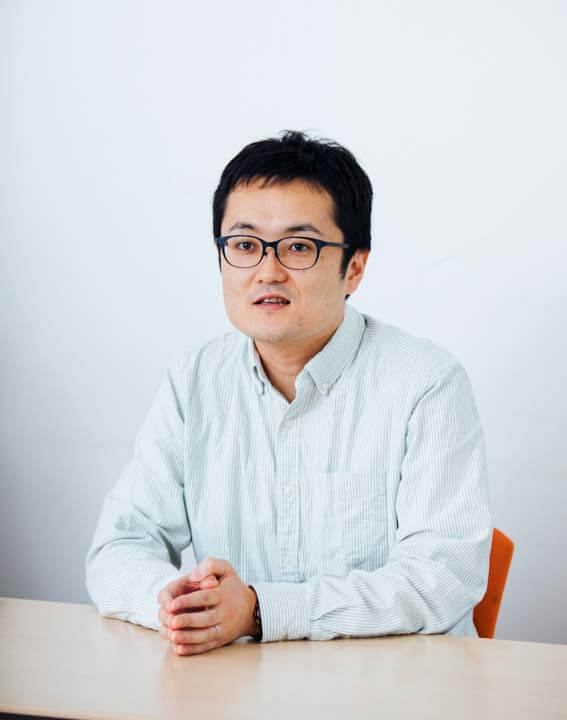Taking on Social Challenges with Biodesign
Tokyo Gas x KMD “RAIKI”
In June 2019, students of the Real Project SAMCARA, led by Professor Matthew Waldman, gave presentations as finalists at the international biodesign contest, “Biodesign Challenge 2019,” held in New York, U.S.A.
The “RAIKI” project focuses on the phenomenon of triboelectric charging; specifically, the electricity that is generated as the leaves of plants rub together when shaken by the wind, for use in cities and remote areas with no access to other forms of clean energy generation. Applying perspectives from synthetic biology that combines biology with engineering, the students studied the forms of leaves that more easily catch the wind, going on to design new leaves capable of generating greater amounts of electricity.
This project was assisted by Tokyo Gas. Mr. Hiroto Taguchi of the company’s Digital Innovation Strategy Department explains, “Our department is engaged with the development of services that enrich the lives of our customers and new energy services that primarily use digital technologies. Our current participation was motivated by the conviction that there was real merit in approaches from a design rather than technology perspective.” Specifically, a team researching the flow patterns of gas heat and combustion reactions at the Tokyo Gas Fundamental Technology Research Institute cooperated in the project, creating data on the movement of leaves when blown by the wind through conducting fluid simulations using the forms designed by the students. From these results, the forms that most efficiently capture the wind were selected from among the multiple candidates.
The students of SAMCARA are all invested in social and environmental problems. Although this biodesign conceived on the ideal of “realizing a future in which electricity can be generated using plants” unfortunately missed out on a prize, it did leave a big impression on many of those present at the summit. Mr. Taguchi says, “We were able to propose an option for energy supply that allows for low electric capacities. For Tokyo Gas, the reward from collaborating was what we learned in terms of approach rather than the technological feasibility of the project itself.”
Biodesign is attracting a lot of attention in Europe and the U.S.A. Professor Waldman remarks, “As it stands, very few Japanese universities are engaged in this area.” He continues, “As it is said that various occupations will be lost with the spread of AI, I believe the next generation of designers will need to work on biotechnology and material sciences.” At SAMCARA, biodesign projects will be an ongoing priority.
Prototypes for RAIKI. With reference to Japanese tree species, a leaf like a “gunbai” (gourd-shaped fan) and a leaf with holes to allow the wind to pass through easily and generate more movement were designed by the students, among other forms.

Hiroto Taguchi
TOKYO GAS CO., LTD.
Product and Service Innovation Sect.
Digital Innovation Strategy Dept.
